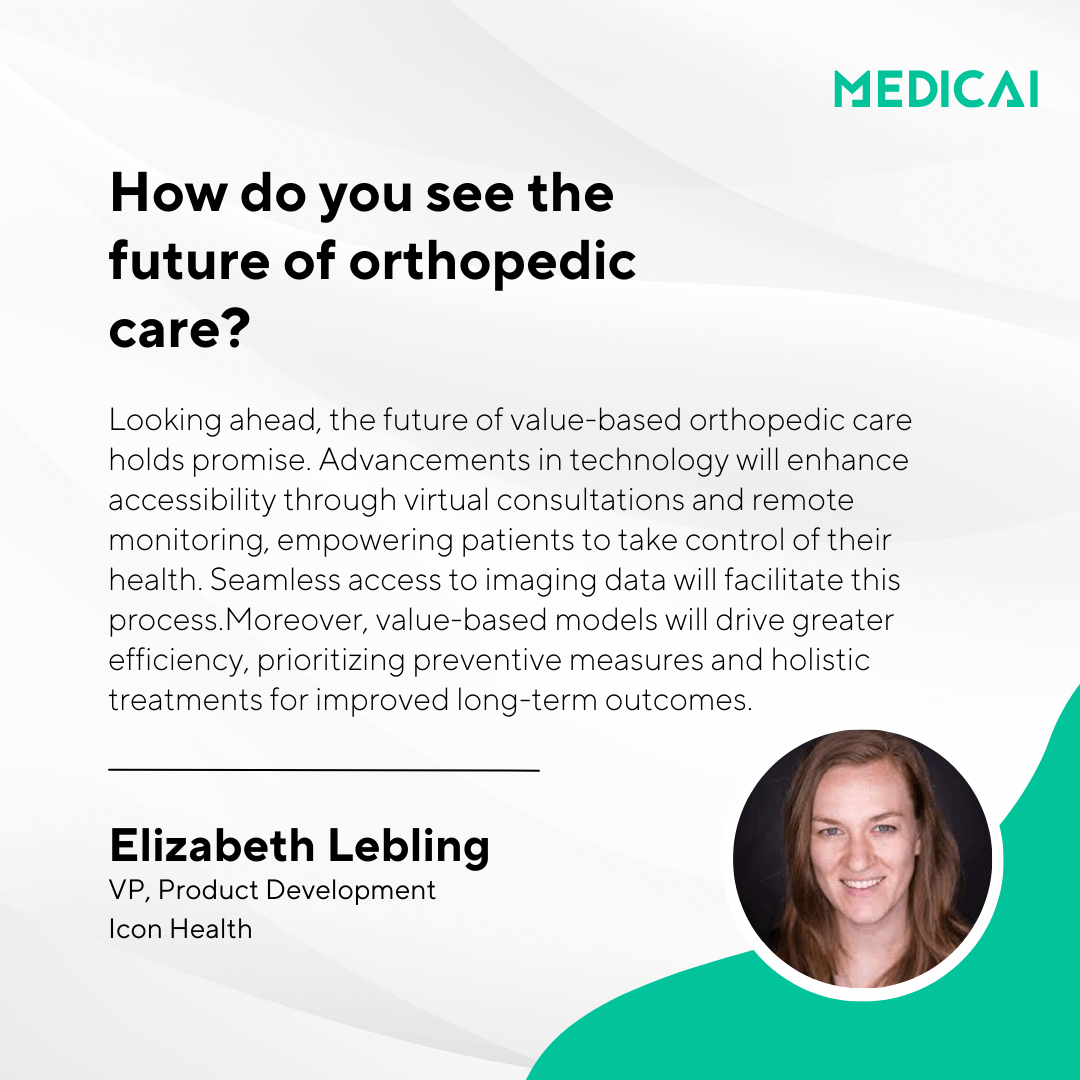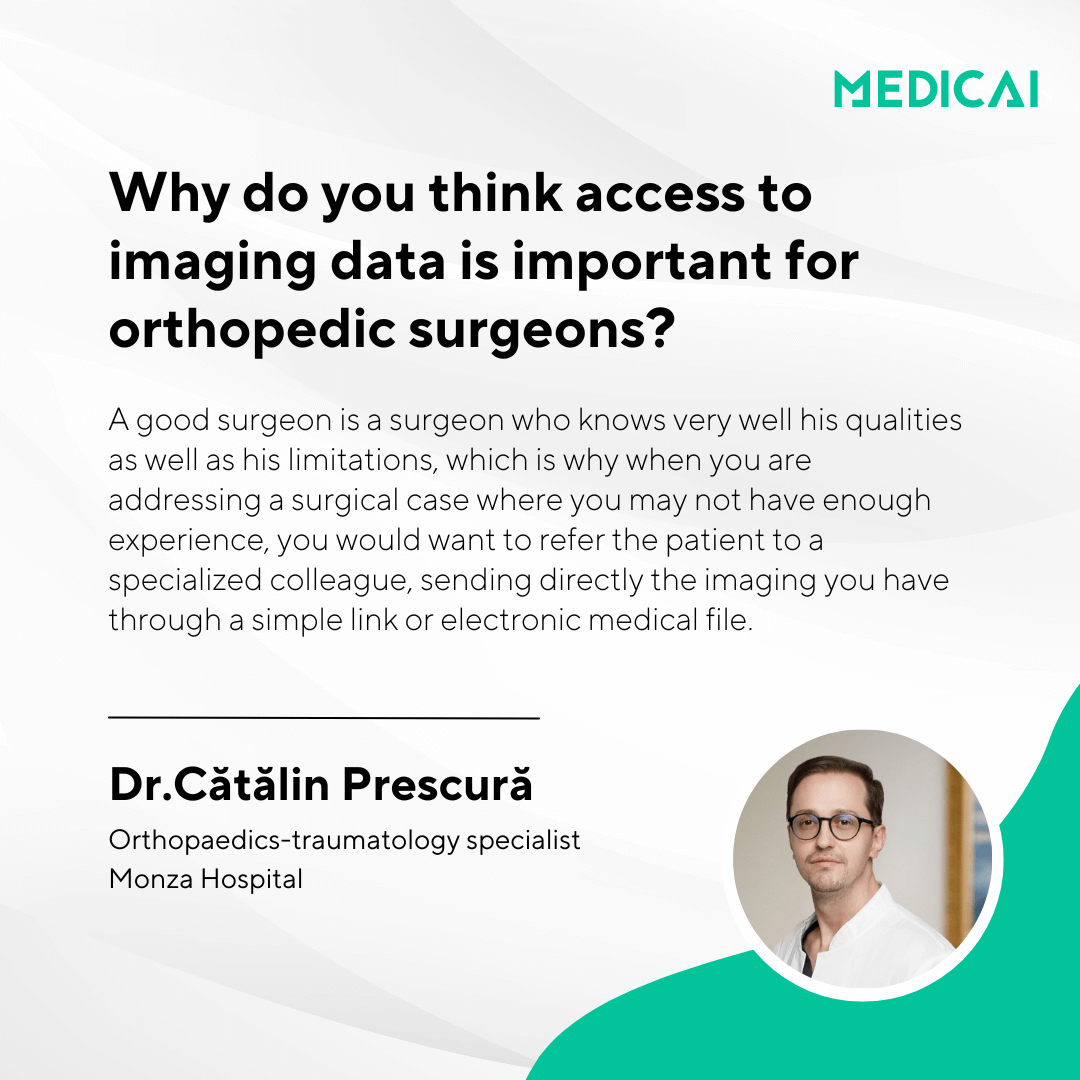In recent years, healthcare delivery has shifted towards value-based care, a model that prioritizes patient outcomes and quality of care over the volume of services provided. This approach is particularly crucial in orthopedics, where effective care coordination and access to comprehensive medical imaging data play pivotal roles in optimizing treatment outcomes for patients, especially those undergoing orthopedic surgeries and specialized interventions.
Understanding Value-Based Care in Orthopedics
Value-based care in orthopedics focuses on achieving better patient outcomes, reducing unnecessary costs, and enhancing overall patient satisfaction. Unlike traditional fee-for-service models that incentivize the quantity of services delivered, value-based care emphasizes:
- Quality Metrics: Measuring outcomes such as patient-reported outcomes, functional improvement, and complication rates to gauge the success of treatments.
- Care Coordination: Ensuring seamless collaboration among healthcare providers, including orthopedic surgeons, physical therapists, primary care physicians, and imaging specialists, to deliver integrated and personalized care.
- Patient-Centered Approach: Tailoring treatment plans to individual patient needs, preferences, and goals, thereby improving patient engagement and adherence to treatment protocols.
Importance of Care Coordination in Orthopedics
Enhancing Treatment Efficiency and Patient Experience
Care coordination is essential in orthopedics for several reasons:
- Preoperative Planning and Preparation: For patients undergoing orthopedic surgeries, effective care coordination ensures comprehensive preoperative assessments, clear communication of treatment plans, and alignment of patient expectations. This reduces surgical risks and optimizes outcomes.
- Postoperative Care and Rehabilitation: After surgery, coordinated care ensures timely follow-up appointments, rehabilitation therapy, and monitoring of recovery progress. This multidisciplinary approach helps prevent complications and accelerates the return to normal function.
- Chronic Disease Management: In cases of chronic orthopedic conditions like osteoarthritis or rheumatoid arthritis, care coordination involves ongoing management strategies, including medication management, physical therapy, and lifestyle modifications. This holistic approach improves long-term outcomes and quality of life.
Role of Technology in Care Coordination
- Electronic Health Records (EHRs): Centralized platforms for storing patient data enable seamless information sharing among healthcare providers, enhancing collaboration and continuity of care.
- Telehealth and Remote Monitoring: Virtual visits and remote monitoring technologies allow orthopedic surgeons to monitor patient progress, provide guidance, and intervene early if complications arise, improving access to care and reducing unnecessary hospital visits.
- Patient Engagement Tools: Mobile apps and patient portals empower patients to actively participate in their care by accessing educational resources, scheduling appointments, and communicating with their healthcare team.
Importance of Medical Imaging Data Access for Orthopedists:
Enhancing Diagnostic Accuracy and Treatment Planning
Medical imaging plays a crucial role in orthopedic practice, providing detailed anatomical insights that guide treatment decisions and surgical interventions. Access to comprehensive imaging data is vital for orthopedists, especially specialists and surgeons, due to the following reasons:
- Diagnostic Precision: Advanced imaging modalities such as MRI (Magnetic Resonance Imaging), CT (Computed Tomography), and ultrasound offer detailed views of bones, joints, soft tissues, and musculoskeletal structures. This aids in accurate diagnosis of conditions such as fractures, ligament tears, tumors, and degenerative joint diseases.
- Surgical Planning: Orthopedic surgeons rely on imaging data to plan surgical procedures effectively. Precise anatomical visualization helps in determining the optimal approach, placement of implants, and assessment of surgical risks.
- Monitoring Treatment Progress: Imaging data allows orthopedists to monitor the progression of musculoskeletal conditions over time. Comparing sequential scans helps evaluate treatment efficacy, identify complications early, and make necessary adjustments to the treatment plan.
Integration of Imaging Data into Clinical Workflow:
- Picture Archiving and Communication Systems (PACS): PACS enable storage, retrieval, and distribution of medical images within healthcare facilities. Orthopedists can access imaging studies seamlessly, review images remotely, and collaborate with radiologists for accurate interpretation.
- 3D Imaging and Modeling: Advanced imaging technologies offer 3D reconstruction capabilities, enhancing visualization of complex anatomical structures and facilitating precise preoperative planning.
- Artificial Intelligence (AI) Applications: AI algorithms analyze medical images to assist in detecting abnormalities, measuring tissue characteristics, and predicting treatment outcomes. This enhances diagnostic accuracy and efficiency in orthopedic practice.
Challenges and Considerations:
While the integration of value-based care principles, care coordination, and medical imaging data access offers significant benefits to orthopedic practice, several challenges must be addressed:
- Data Interoperability: Ensuring seamless integration and interoperability of EHRs, imaging systems, and healthcare applications to facilitate comprehensive patient data access.
- Privacy and Security: Safeguarding patient health information and imaging data to comply with HIPAA regulations and prevent unauthorized access or breaches.
- Workflow Integration: Overcoming barriers to adopting new technologies and workflows, including training healthcare professionals and optimizing IT infrastructure.
Conclusion:
Value-based care in orthopedics emphasizes the importance of patient outcomes, efficient care coordination, and access to accurate medical imaging data. By integrating these principles into clinical practice, orthopedists can enhance diagnostic precision, optimize treatment planning, and improve patient satisfaction and outcomes. Embracing technological advancements and fostering interdisciplinary collaboration are essential steps towards achieving these goals, ultimately transforming orthopedic care delivery in a patient-centric and cost-effective manner.






